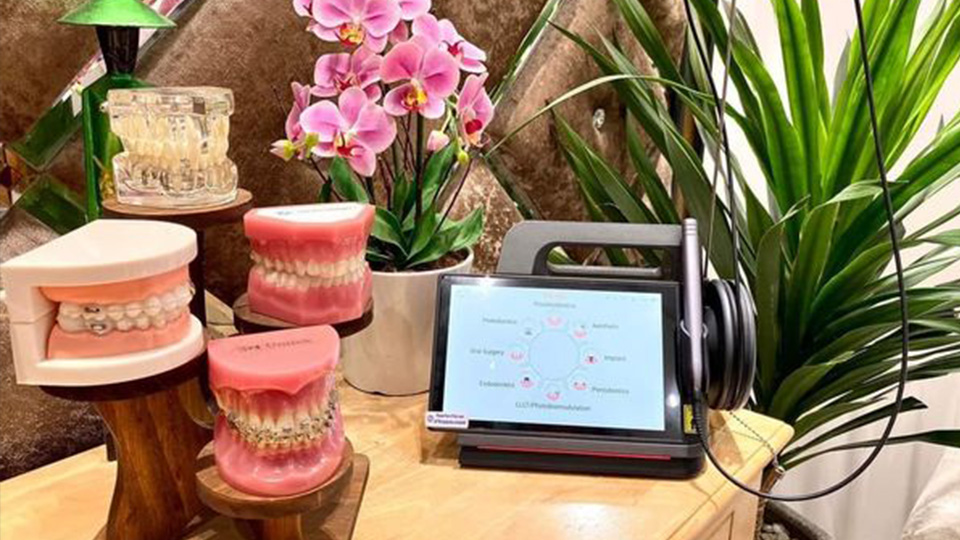
In the past few decades, the implant design and Engineering Research of dental implants have made great progress. These developments have made the success rate of dental implants more than 95% for more than 10 years. Therefore, implant implantation has become a very successful method to repair tooth loss. With the wide development of dental implants in the world, people pay more and more attention to the improvement of implant implantation and maintenance methods. At present, it has been proved that laser can play an active role in implant implantation, prosthesis installation and infection control of tissues around implants. Different wavelength lasers have unique characteristics, which can help doctors improve the effect of implant treatment and improve the experience of patients.
Diode laser assisted implant therapy can reduce intraoperative bleeding, provide a good surgical field, and reduce the length of surgery. At the same time, the laser can also create a good sterile environment during and after the operation, significantly reducing the incidence of postoperative complications and infections.
Common wavelengths of diode laser include 810nm, 940nm, 980nm and 1064nm. The energy of these lasers mainly targets pigments, such as hemoglobin and melanin in soft tissues. The energy of diode laser is mainly transmitted through optical fiber and acts in contact mode. During the operation of the laser, the temperature of the fiber tip can reach 500 ℃ ~ 800 ℃. Heat can be effectively transferred to the tissue and cut by vaporizing the tissue. The tissue is in direct contact with the heat generating working tip, and the vaporization effect occurs instead of using the optical characteristics of the laser itself. The 980 nm wavelength diode laser has higher absorption efficiency for water than the 810 nm wavelength laser. This feature makes 980nm diode laser more safe and effective in planting applications. The absorption of light wave is the most desirable laser tissue interaction effect; The better the energy absorbed by the tissue, the less the surrounding thermal damage caused to the implant. Romanos' research shows that the 980nm diode laser can be safely used close to the implant surface even at a higher energy setting. Studies have confirmed that 810nm diode laser can increase the temperature of the implant surface more significantly. Romanos also reported that 810nm laser could damage the surface structure of implants. 940nm diode laser has not been used in implant therapy. Based on the objectives discussed in this chapter, 980nm diode laser is the only diode laser that can be considered for application in implant therapy.
In a word, 980nm diode laser can be safely used in some implant treatments, but its cutting depth, cutting speed and cutting efficiency are limited. The main advantage of diode laser is its small size and low price and cost.